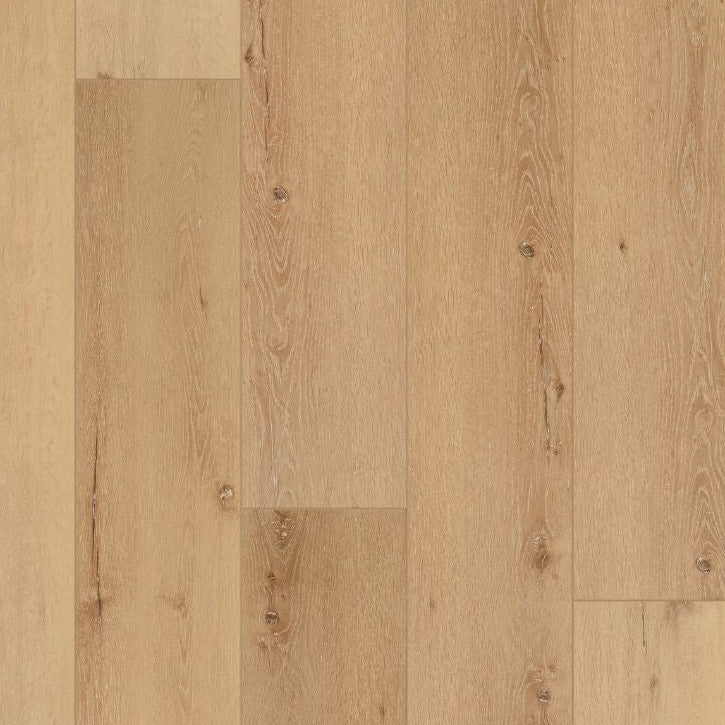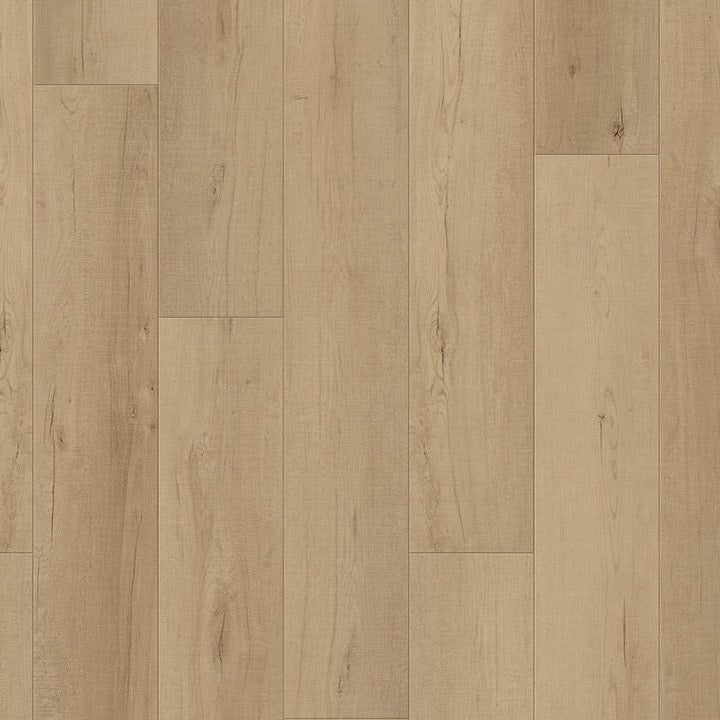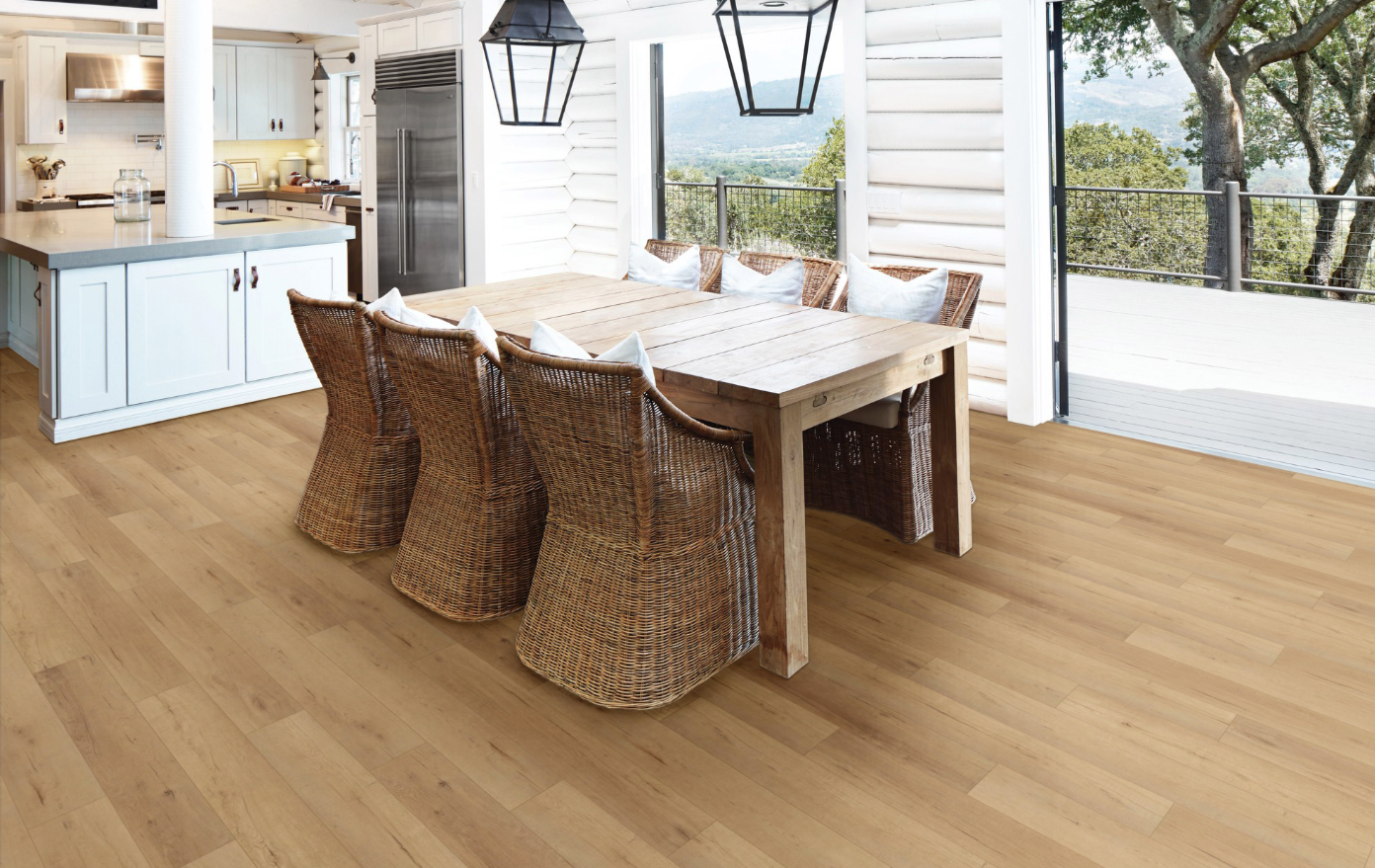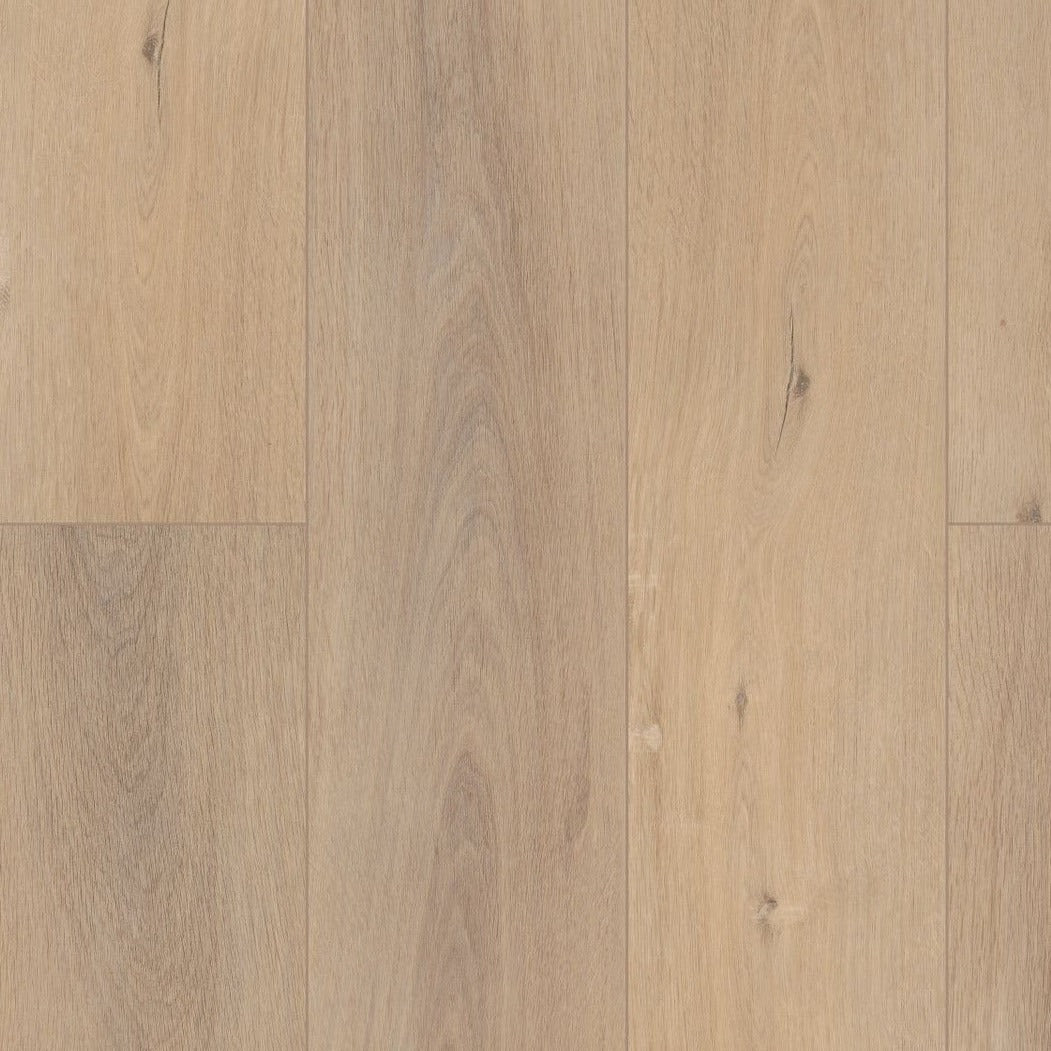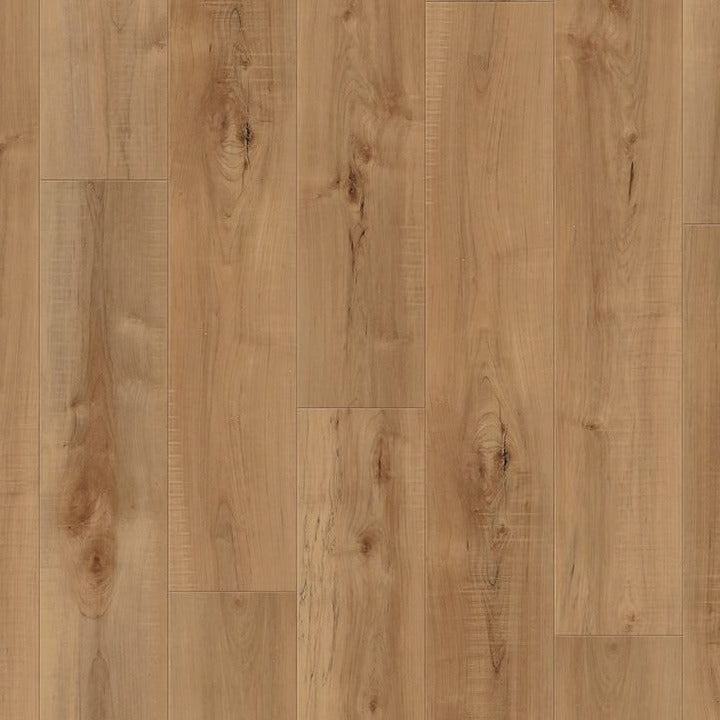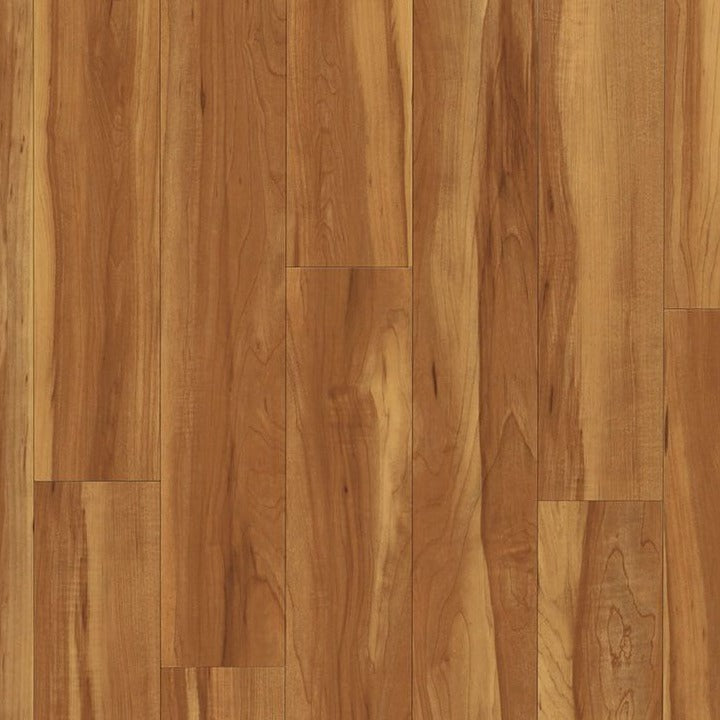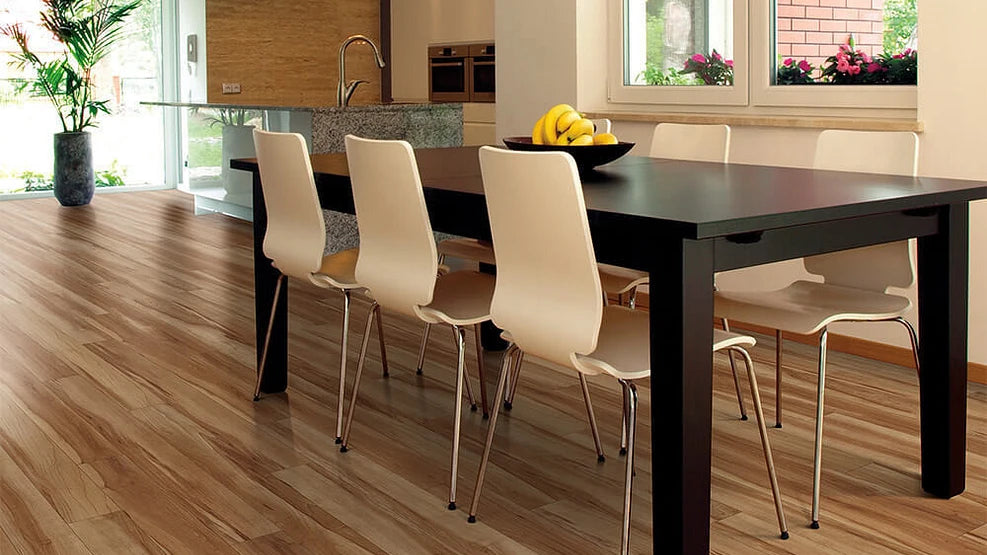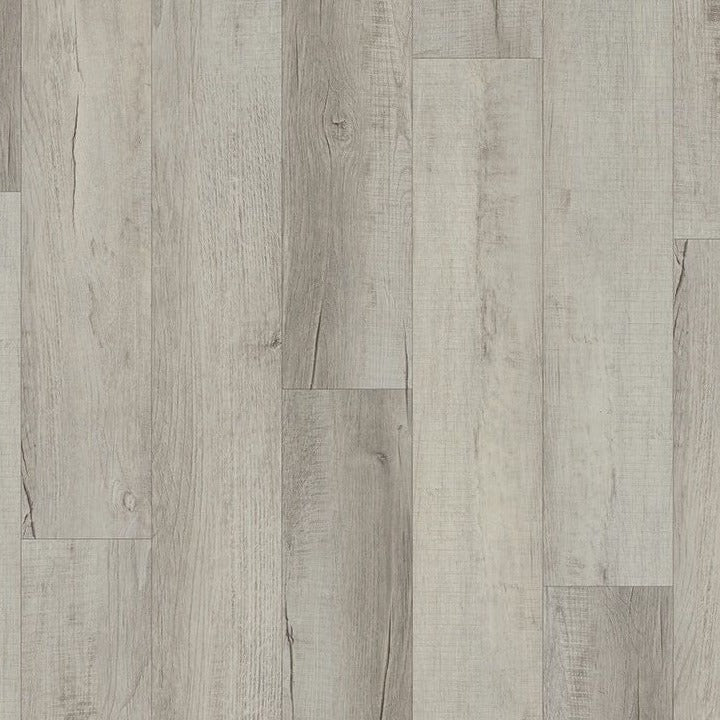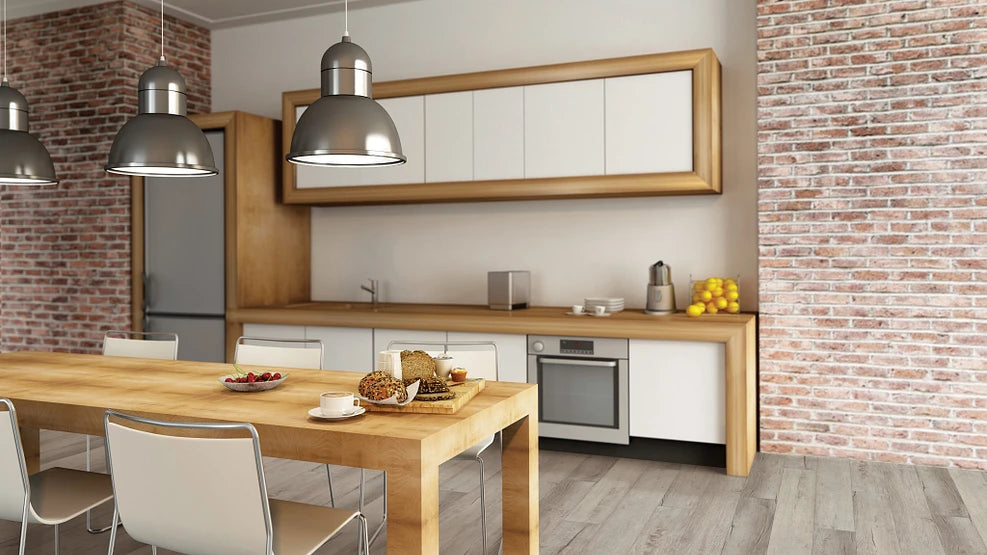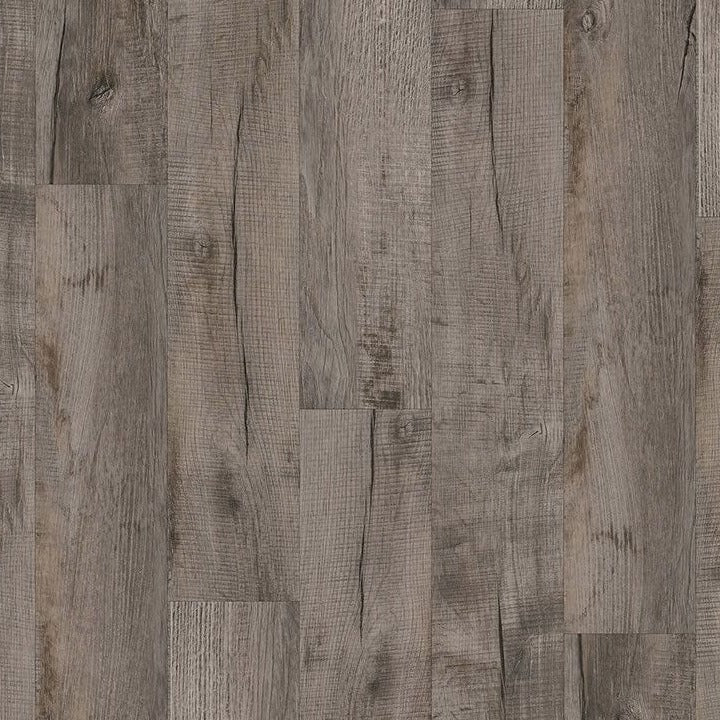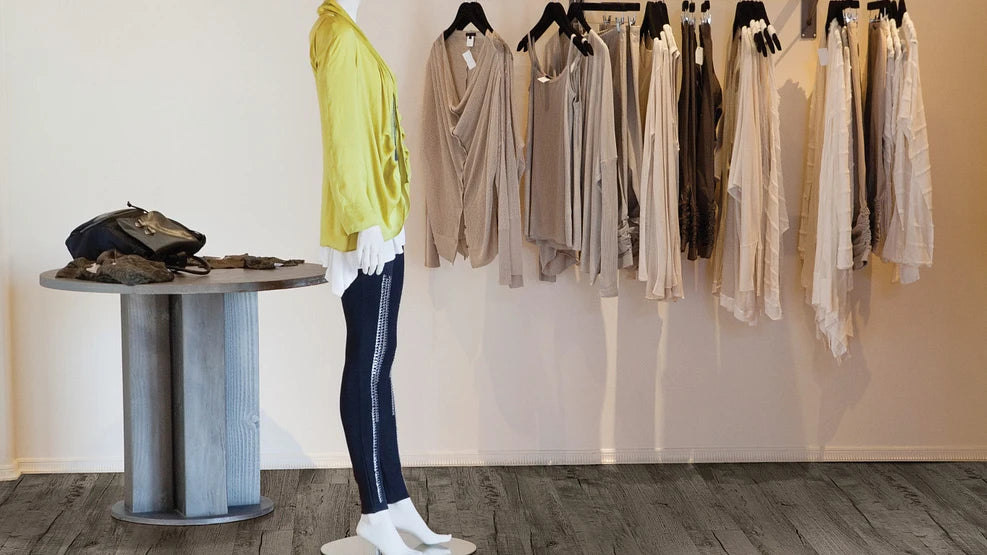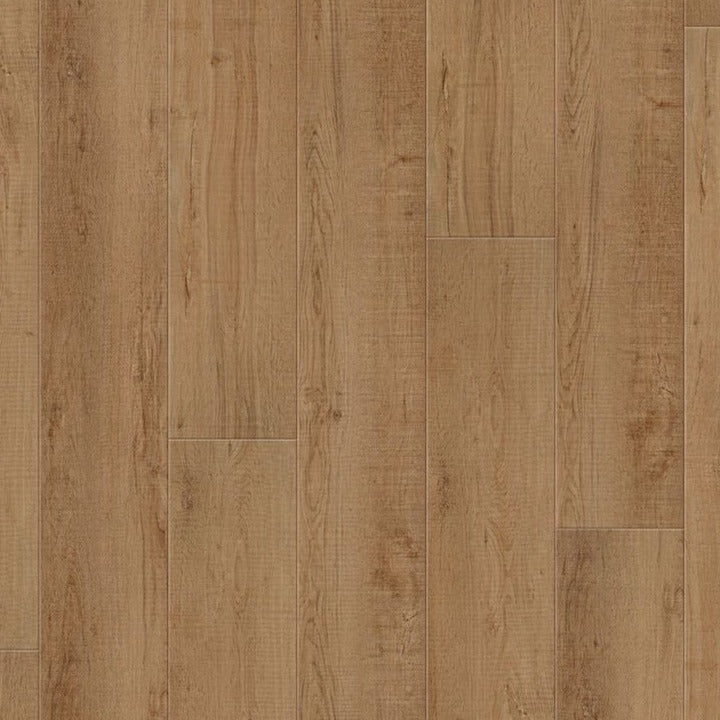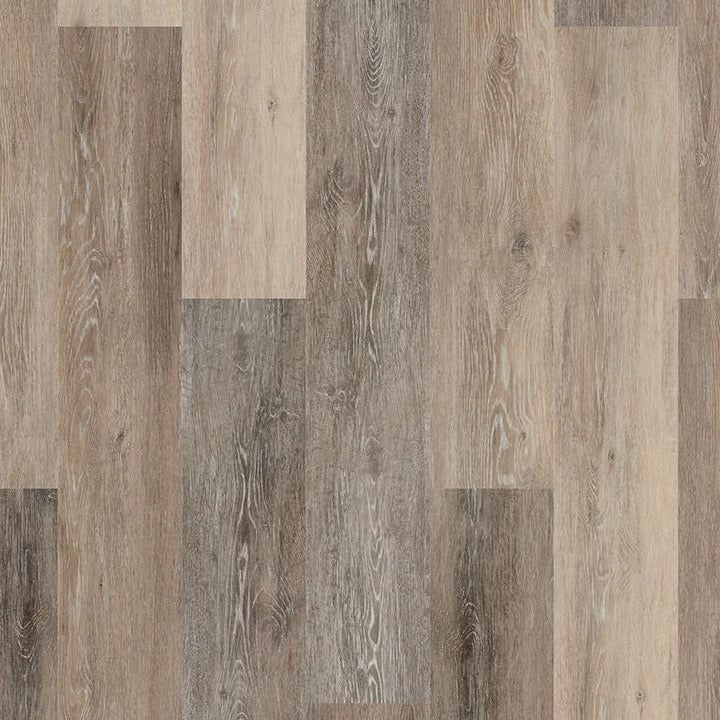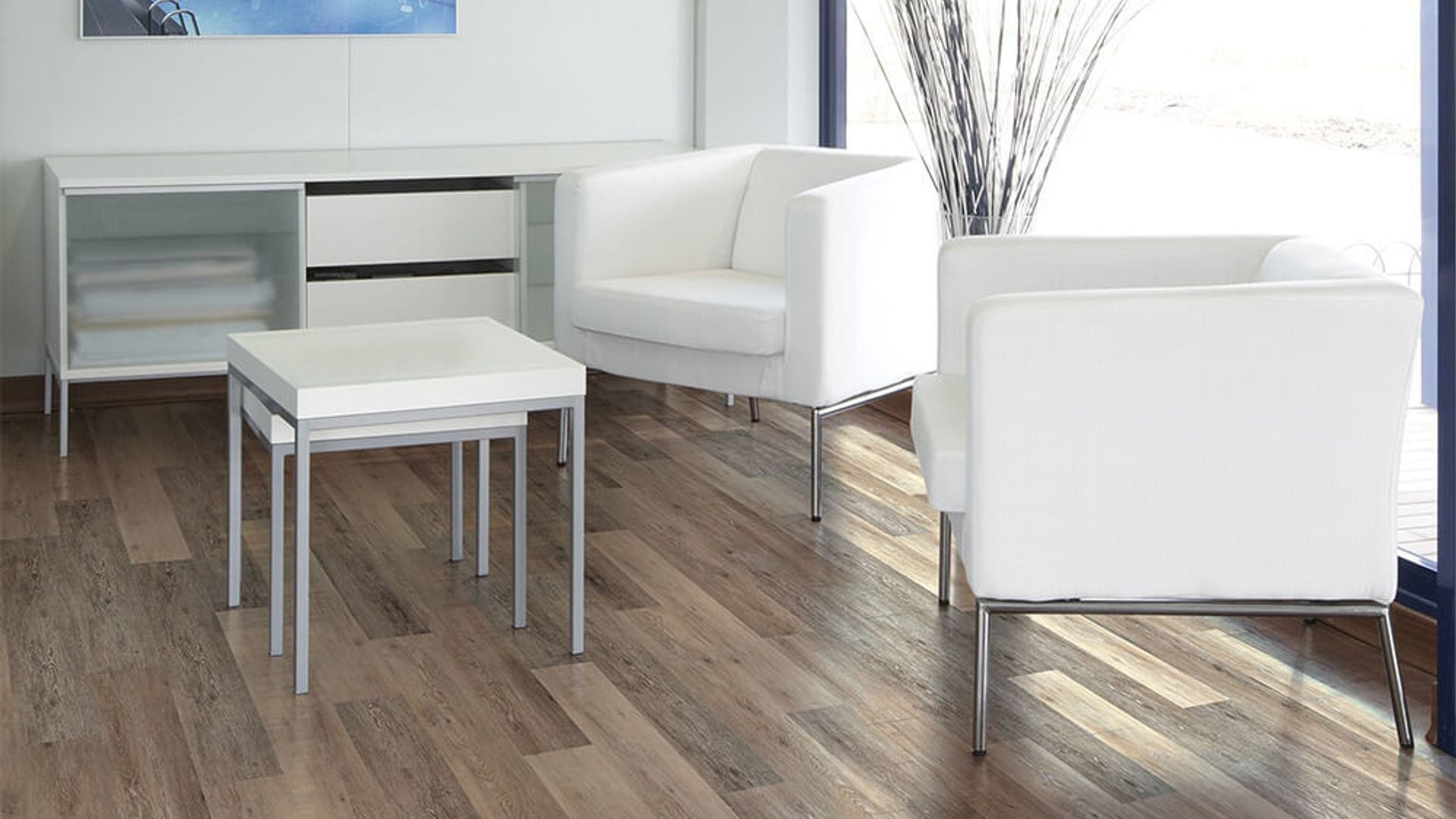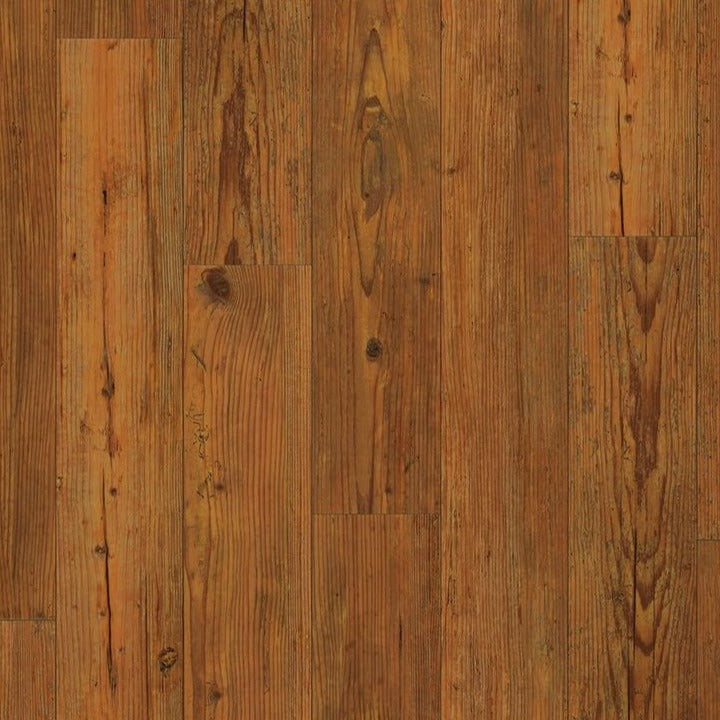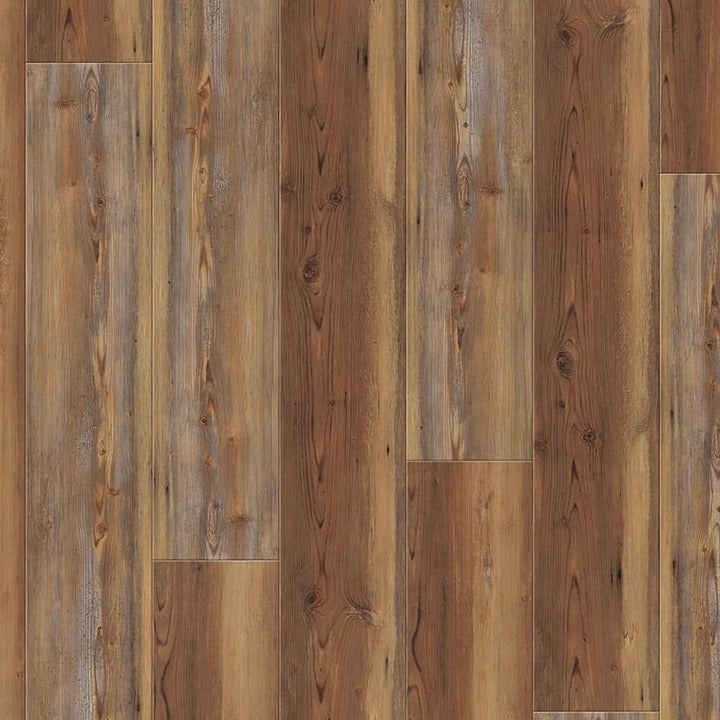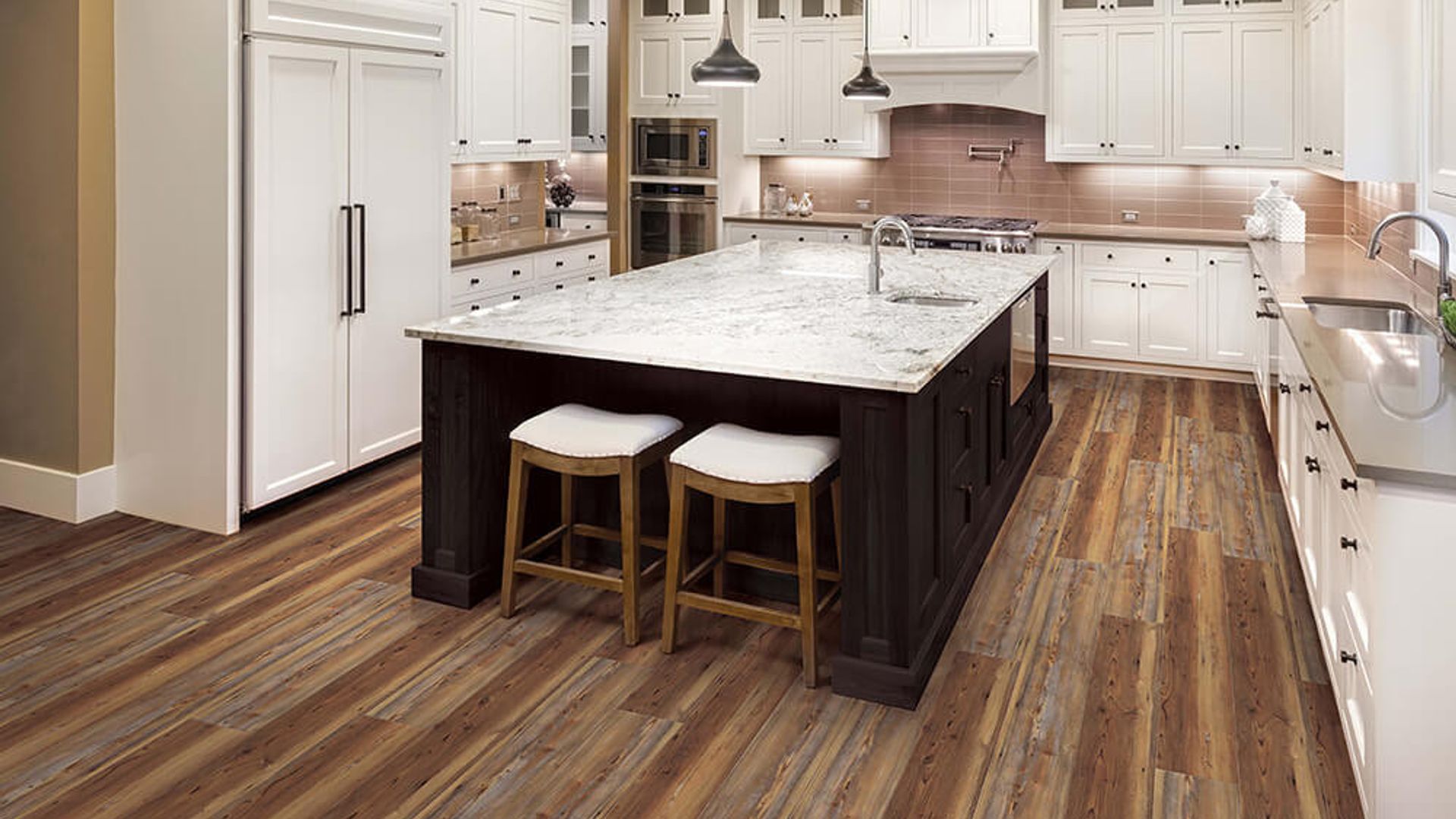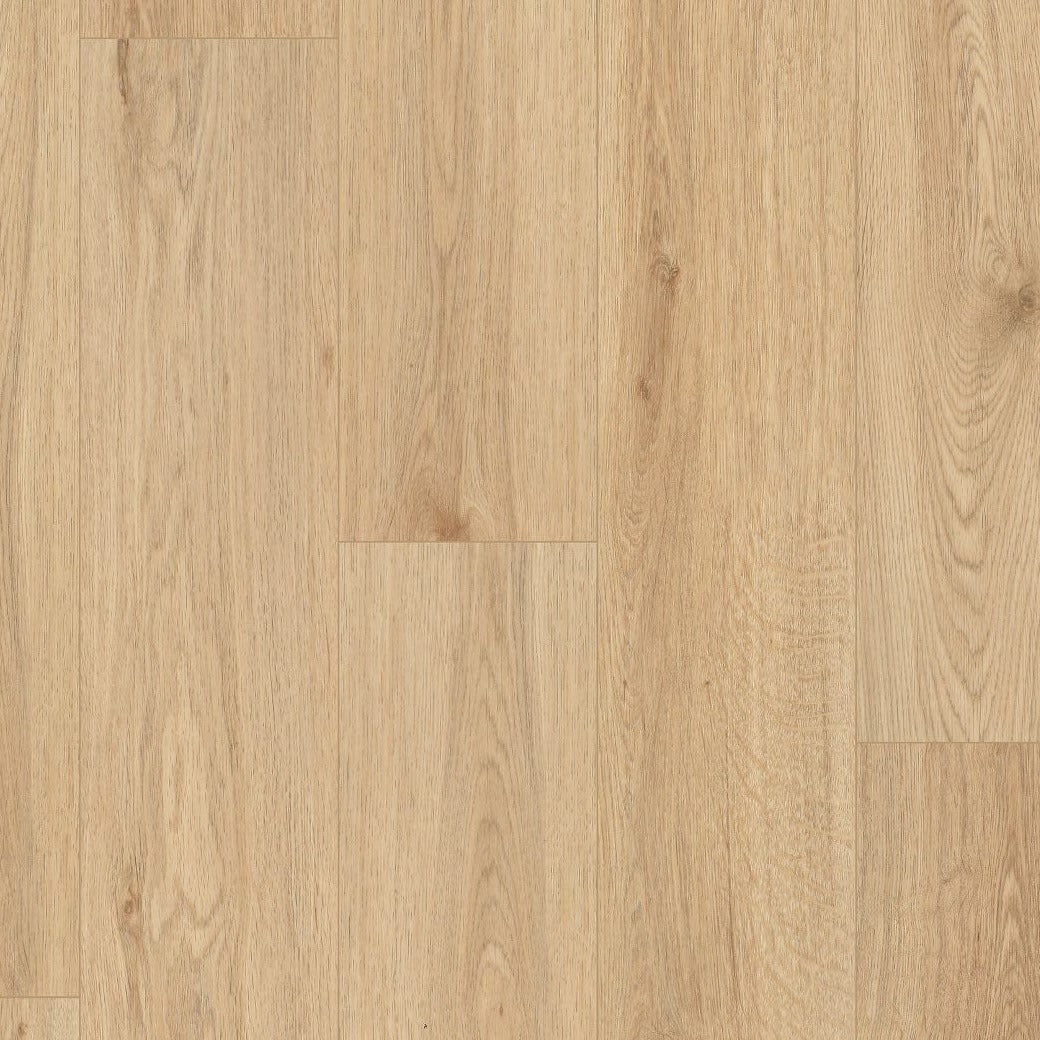When it comes to choosing the perfect flooring for your home, there are so many options to consider. One popular choice that has been gaining a lot of attention lately is Coretec Flooring. But if you're considering installing Coretec flooring in your home, you may be wondering if it requires underlayment. Let's dive into this question and find out the answer.
What is Coretec Flooring?

Before we discuss whether Coretec flooring needs underlayment, let's first understand what it is. Coretec flooring is a type of luxury vinyl plank (LVP) flooring that is known for its durability, waterproof properties, and realistic wood-like appearance. It is a great alternative to hardwood flooring, offering the same aesthetic appeal without the high maintenance and cost.
The Benefits of Underlayment
Underlayment is a layer of material that is installed between the subfloor and the flooring. It provides several benefits, such as sound absorption, moisture protection, and added cushioning. Underlayment can also help to smooth out minor imperfections in the subfloor, ensuring a more even and comfortable surface for your flooring.
Does Coretec Flooring Require Underlayment?
The answer to this question depends on the specific type of Coretec flooring you choose. Some Coretec flooring options come with an attached cork underlayment, which eliminates the need for additional underlayment. The cork underlayment provides sound absorption and added comfort, making it a convenient choice for many homeowners.
However, if you opt for a Coretec flooring option without an attached cork underlayment, it is generally recommended to install a separate underlayment. This will help to enhance the performance of your flooring and provide additional benefits such as sound reduction and moisture protection.
Choosing the Right Underlayment

If you decide that your Coretec flooring needs underlayment, it's important to choose the right type. There are various underlayment options available, including foam, cork, and rubber. Each type has its own unique properties and benefits, so it's essential to consider your specific needs and preferences when making a decision.
For example, if sound reduction is a top priority for you, a cork underlayment may be the best choice. On the other hand, if moisture protection is a concern, a foam underlayment with a vapor barrier may be more suitable.
Consulting with a Professional
While this blog post provides general information about whether Coretec flooring needs underlayment, it's always a good idea to consult with a flooring professional before making a final decision. They can assess your specific situation, consider factors such as subfloor condition and local building codes, and provide expert advice tailored to your needs.
Conclusion
Whether or not Coretec flooring needs underlayment depends on the specific product you choose. While some options come with an attached cork underlayment, others may require a separate underlayment for optimal performance.
Consulting with a flooring professional will ensure that you make the right decision for your home. So go ahead and explore the world of Coretec flooring, knowing that you have all the information you need to make an informed choice!



